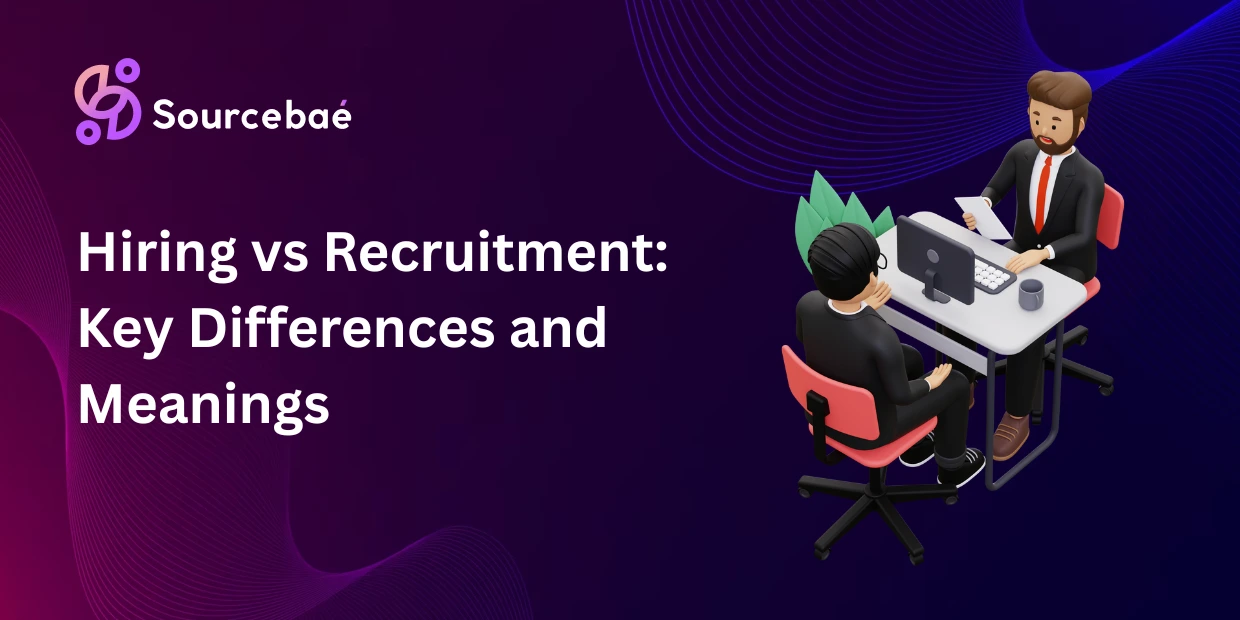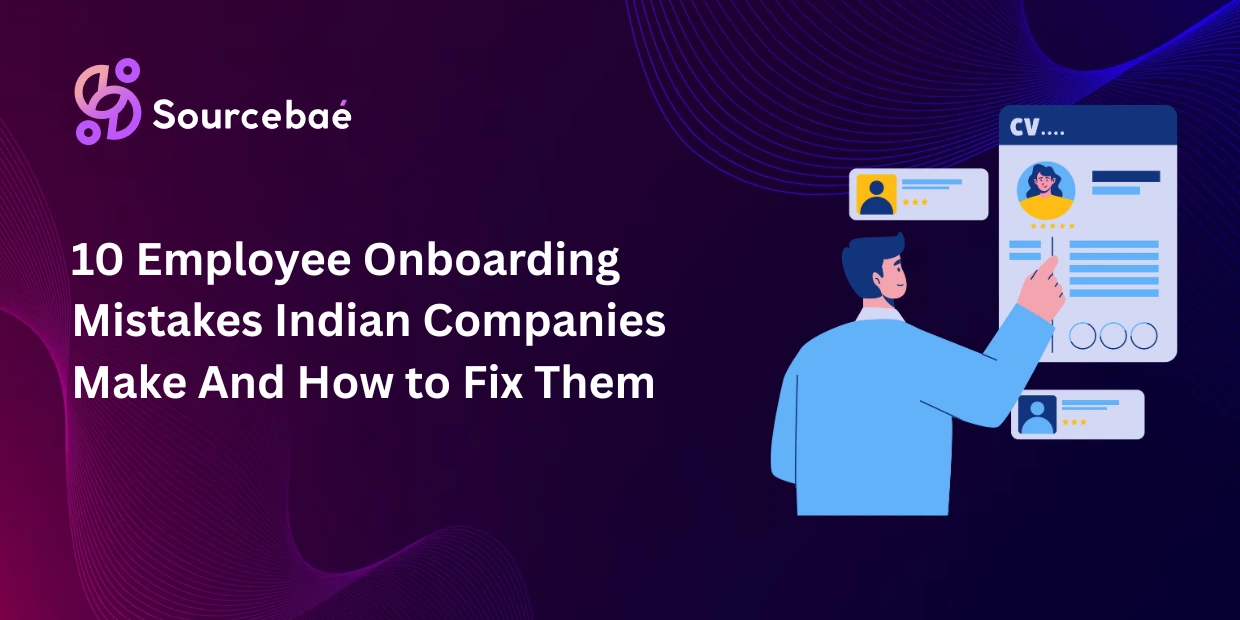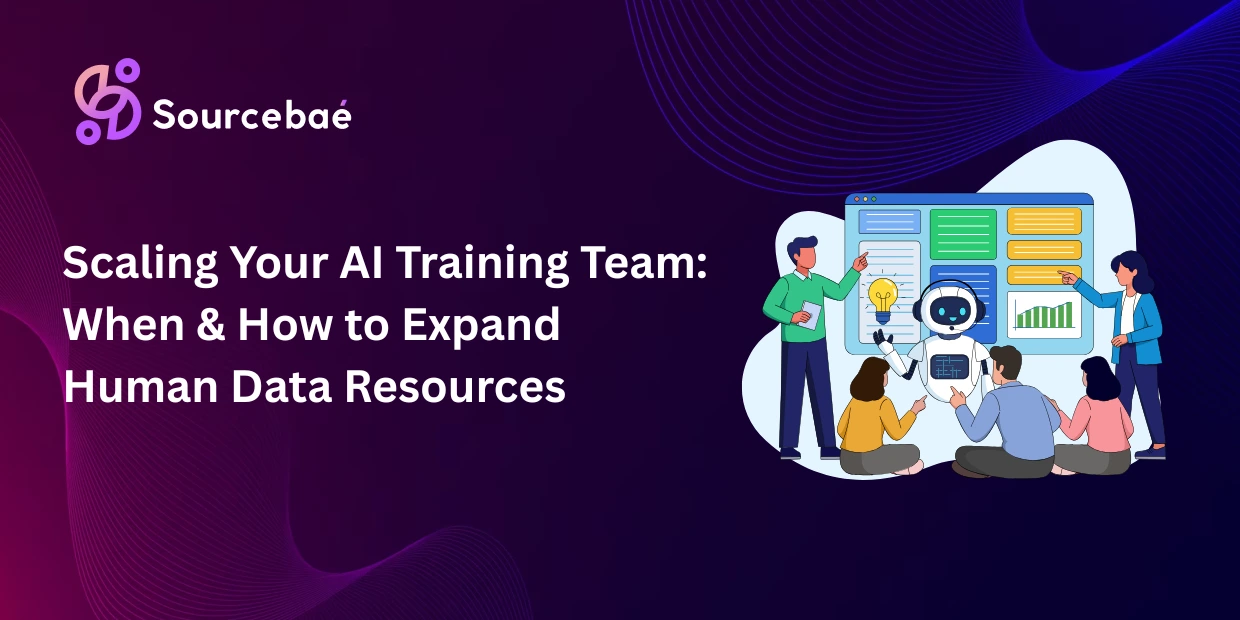Recruitment and hiring are two related but distinct parts of talent acquisition. In HR practice, recruiting (or recruitment) is the proactive, ongoing process of attracting and engaging candidates to build a talent pipeline for your company. In contrast, hiring is the reactive process of filling a specific vacancy – reviewing applicants, interviewing, and selecting the right person when a job opens. Understanding the difference between hiring vs recruiting (and what recruiting or hiring mean) helps businesses plan strategically and helps job seekers know what to expect during the job search.
What is Recruitment? (Recruitment Meaning and Definition)
Recruitment is more than just posting a job ad. It means continuously building awareness of your company as an employer and engaging potential candidates, even when you don’t have open roles. In other words, recruiting (recruitment meaning) is about attracting and nurturing talent for future needs.
For example, recruitment involves employer branding, networking, and outreach: attending career fairs, sharing company culture on social media, and maintaining talent pools. These activities ensure that when a position opens, there are qualified people already familiar with your organization.
In short, define recruitment as an ongoing strategy: you market your company as a great place to work and build relationships with candidates, rather than only reacting to vacancies.
- Employer branding: Present your company as an attractive workplace (highlighting values, culture and perks). This makes top candidates notice you early.
- Proactive sourcing: Actively search for talent via professional networks, social media, and referrals, even before jobs are posted.
- Talent pipeline: Maintain a pool of candidates by keeping in touch – for example, save resumes from past applicants or keep in contact with recruiters at schools and agencies.
- Candidate engagement: Communicate regularly with potential hires, provide updates, and make them feel valued so they’ll consider your company when you hire.
In essence, recruitment is continual. It includes marketing the job and the company, screening passive talent, and keeping relationships warm. If you wonder “what is recruitment?” or “what does recruiting mean?”, it’s this big-picture process of talent acquisition.
Recruiters look ahead: they identify skill gaps and start reaching out to professionals, so they’re never scrambling when a role suddenly becomes available. According to NetSuite, “recruitment is a process and strategy to build employer brand awareness and market your company as an attractive place to work, as well as [to] acquire new talent to fill open positions”.
What is Hiring? (Hiring Definition and Meaning)
Hiring is the specific act of filling a job opening. It kicks in once you have an identified vacancy. Define hiring as the process of finding and selecting a candidate to join your team for a particular role. For example, when a department head says “we need a new data analyst,” the hiring process begins: the company writes a job description, posts it on job boards, then sorts and reviews applications.
This leads to interviewing finalists, making an offer, and finalizing the employment. As the JOIN glossary explains, “hiring is the practice of finding and selecting candidates to fill job vacancies”.
Hiring is reactive and role-specific. It happens after a need arises (like an employee resigns or a new position is created) and ends when the candidate accepts the offer and starts working. Unlike recruiting, hiring is usually short-term: you focus on one job.
NetSuite notes that hiring is a one-time event, whereas recruiting is continuous. In hiring, emphasis is on the selection process: how quickly you can fill the spot and how well the candidate fits that role.
Typical steps in a hiring process often follow these stages:
- Identify the hiring need. Decide what role you must fill and what skills are required.
- Create and post the job. Write a clear job description and advertise it (e.g. on job boards, company website, social media).
- Screen applications. Review resumes and cover letters, and shortlist qualified candidates.
- Interview. Talk with candidates (phone screens, in-person or video interviews) to evaluate fit.
- Assess candidates. Use tests or assignments if applicable.
- Make an offer. Select the top candidate, negotiate terms, and extend a job offer.
- Onboard the new hire. Once accepted, guide them through orientation and training.
In practice, hiring steps can vary, but the core is always to fill the specific vacancy as efficiently and fairly as possible. It answers the question “what is hiring?”—simply put, it’s converting a candidate into an employee. As one source puts it, hiring occurs when a role needs to be filled, involving things like onboarding and processing the paperwork.
Hiring vs Recruiting: Key Differences
Although related, hiring vs recruiting have key distinctions. Here are the main differences:
- Timing and Scope: Recruiting is ongoing and future-focused. It happens even when you have no open position, because you’re preparing for future needs. Hiring, however, is on-demand – it only starts when a job is open.
- Process and Activities: Recruiting involves broad outreach: employer branding, networking, creating pipelines of candidates, and building relationships. By contrast, hiring involves evaluating candidates for a specific role: screening applications, conducting interviews, and making an offer. Recruiting is like talent marketing; hiring is like talent selection.
- Goals: The goal of recruiting is to attract and engage talent for the organization as a whole. It’s about quality and fit for company culture. Hiring’s goal is to fill a particular vacancy, so it’s more tactical and focused on the immediate need.
- Mindset: Recruiters think long-term (“always looking for great people”); hiring managers think short-term (“we need someone now”). As one expert colorfully summarizes: “labor can be hired, but talent needs to be recruited”. This means you hire workers when you need tasks done today, but you recruit talented professionals for your future success.
In summary, recruiting casts a wide net continually, while hiring throws the net when a specific fish (job) appears. This distinction is why some companies even use different teams or software for recruiting (talent acquisition) versus hiring (applicant tracking).
Why It Matters
Knowing the difference between hiring and recruitment isn’t just semantics—it affects business outcomes. Firms with proactive recruiting often fill roles faster and with better candidates, saving time and money. For example, a company that regularly attends job fairs and maintains an active LinkedIn presence will have a pipeline of interested candidates; when a position opens, they can hire almost immediately without rushing.
In contrast, businesses that treat recruiting as an afterthought scramble under pressure, often making poor hires. One talent expert notes that a continuous recruitment pipeline creates a “bench of talented candidates, all waiting to work for you,” so you’re never caught off-guard.
For job seekers, this means employers who recruit aggressively might contact you even before you apply, because they’re building relationships in advance. If you understand that “what does recruiting mean”, you’ll know that being on a recruiter’s radar can lead to opportunities when they have openings.
Benefits of strong recruitment and hiring strategy include:
- Employer Branding & Quality: A robust recruiting process boosts your reputation and attracts higher-quality applicants.
- Reduced Time-to-Hire: With candidates already in the pipeline, open roles get filled faster, minimizing downtime.
- Better Matches: Ongoing recruiting allows deeper vetting of candidates’ skills and culture-fit, improving retention.
In short, combining smart recruiting (long-term talent planning) with efficient hiring (short-term filling) helps companies grow and adapt. It’s why many HR professionals talk about “talent acquisition” as the big picture, which encompasses both recruiting and hiring tasks.
Best Practices in Recruiting and Hiring
To leverage both processes, consider these expert tips:
Focus on Soft Skills: When hiring, emphasize communication and adaptability over credentials. These human skills are hard to teach and add real value.
Build a Positive Brand: Both hiring and recruiting benefit if your company is known for a good culture. For example, encourage employees to share their experiences online to attract more referrals. Managing your reputation (e.g. positive Glassdoor reviews) makes recruiting easier.
Be Transparent About Pay: In hiring, clearly advertise salary ranges. Candidates often reject offers due to pay surprises. Being upfront improves trust and saves time.
Employee Referrals: In recruiting, involve your team. Ask current employees for referrals of talented people they know. Referrals are typically faster to hire and perform better.
Promote Your Culture: Use social media, blogs, or videos to showcase your workplace. A strong culture narrative helps passive candidates see your company as a fit, even before jobs open.
Keep Recruiting Continuous: Treat recruiting as an ongoing discipline. For instance, update LinkedIn, network at industry events, or keep an active careers page. NetSuite notes that recruitment is more effective if it “is continuous and considers current and anticipated needs.”.
Streamline Hiring Process: Shorten time-to-hire with clear steps and communication. Set expectations with candidates about timelines. Tools like applicant tracking systems can help manage applicants from both recruiting and hiring phases.
Following these practices ensures that when it’s time to hire, you’re choosing from a strong, engaged talent pool. As one HR glossary advises, having a systematic recruitment and hiring approach is critical to running operations smoothly.
In summary, while hiring vs recruitment involve different tactics, they share a goal: finding the right people for your organization. By understanding both “recruitment meaning” and “hiring meaning,” businesses can align their strategies – recruiting for the long haul and hiring for immediate needs. This alignment leads to faster hires, better fits, and a stronger employer brand that attracts the best candidates.






